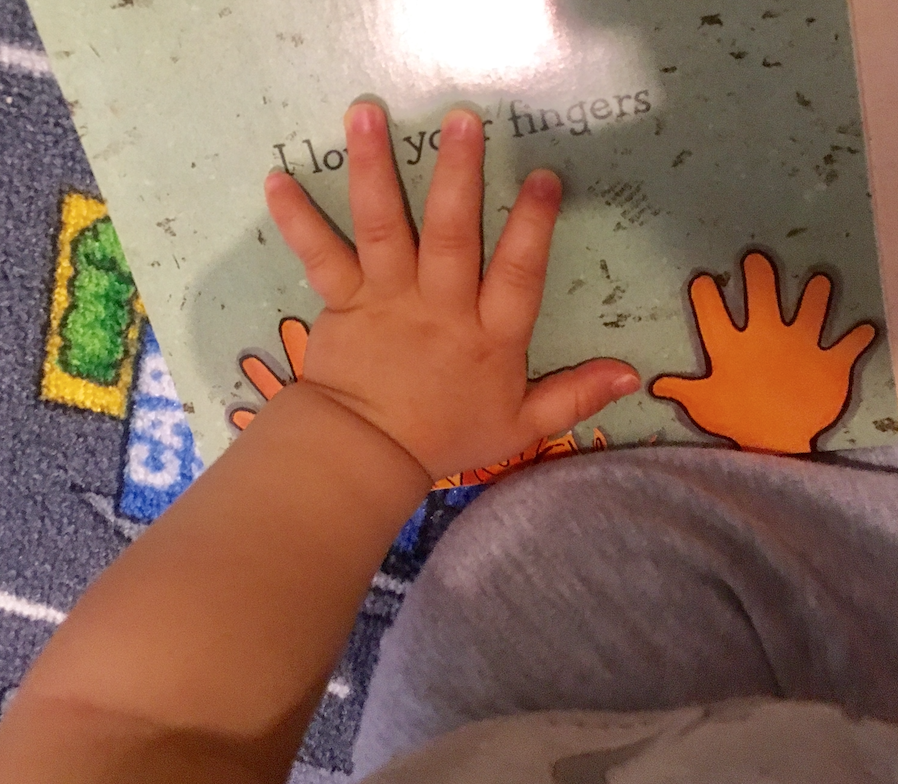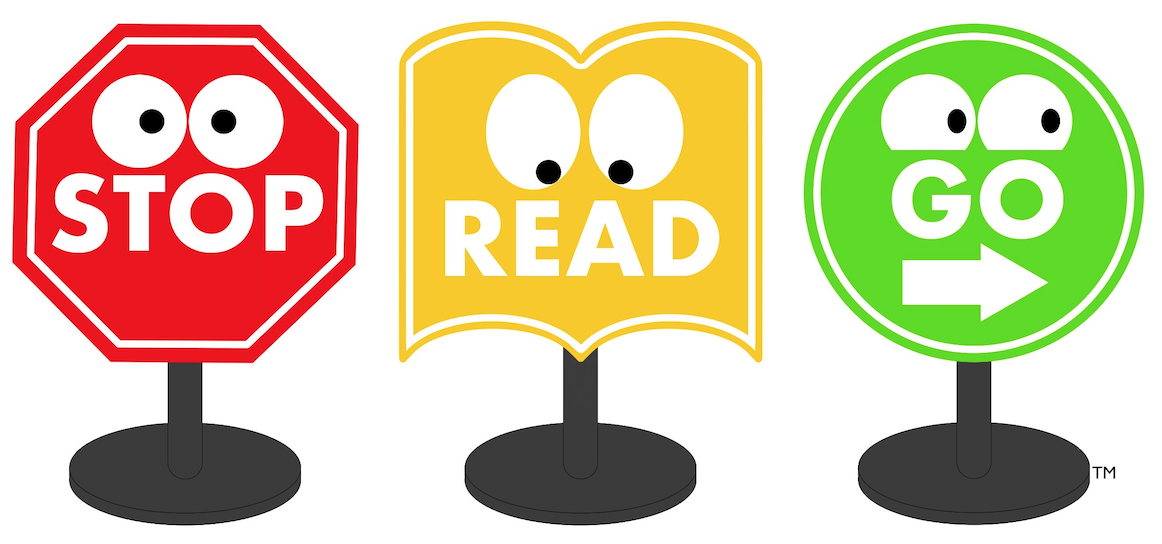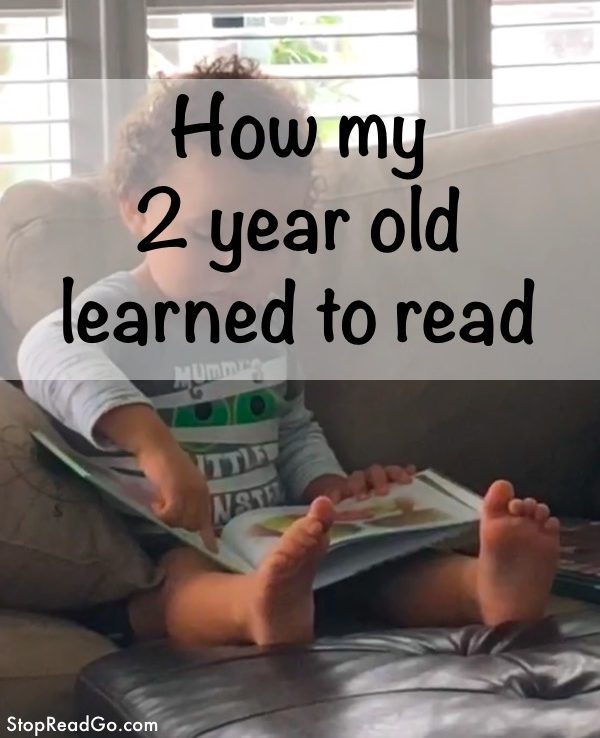Have you noticed how babies learn to speak on their own without anyone explicitly teaching them? They go from saying “mama” and “dadda” to speaking in full sentences by the time they are 2-3 years old.
They simply learned by listening to you and observing your behavior to determine the meaning of those words (by you, I mean Mom, Dad, brothers, sisters, cousins, uncles, aunts, grandparents, friends, teachers, neighbors, etc).
If you say “let’s go to the bathroom and wash our hands” and then you go together to the bathroom to wash hands, then your child’s brain makes sense of that information. If you say and do that every day, then your child will learn to say “bathroom” and “wash hands” in no time.
But imagine if no one ever spoke to your baby, or you waited until your child started school to start talking to him/her. That limited or lack of exposure to the spoken language would obviously result in your baby never learning to speak, or having limited speech abilities (there are a couple of cases where this has happened to little kids). Children require constant and meaningful communication, and repeated exposure to the spoken language in order to be able to learn to speak.

Now, let’s compare that to the written language. If your child is never exposed to written words and explicitly told how to say those words, then he/she will not learn how to read. Obviously in the modern world, there are words printed all over the place, in books, magazines, billboards, toys, food packaging, on TV/computers/tables/phones, etc. But, unless you make an effort to point to each word and tell your child what it says and what it means, he/she has no way of figuring it out on his or her own. After all, words don’t read themselves!
So, if we want our kids to learn how to read in the same way they learned how to speak. Then, we need to expose them to the written language on a daily basis. Consistent, repetitive and meaningful exposure to written words is the key to teaching your child to read.
For example, a child learns to say the word “bed” and knows its meaning because every single night he/she hears you saying “Let’s go to bed” or “it’s time for bed” or “this is your bed” and you show exactly what a bed looks like. So, in this case, the child has a clear understanding of the sound and the image of that word. So now we simply need to incorporate the written word into the mix.
If you place a label on his/her bed with the word “bed” on it and every single night you point to it and say that word aloud, then your child will learn to recognize that word and associate it with the sound and object simultaneously, without any extra effort or explanation.

This is what I call the S.O.W triangle. S is for Sound, O is for Object and W is for Word (or the written version of the word). If we combine the 3 in a way that a child can hear the sound, see the object and look at the written word all at the same time and is exposed to it on a daily basis, then his/her brain will make that instant connection. As opposed to only making the connection between the sound and the object when he/she is first learning to speak, and then trying to add the written version of that word at a later time/age. So why miss that window of opportunity to get all 3 for the price of 1?
Starting the process of learning to read after 5-6 years of age (which is when kids usually begin kindergarten) requires a more conscious effort on the part of the child and it makes the process much longer and tedious.
It’s like choosing to pay 2 dollars for the sound and object combo, to avoid paying the extra dollar for the additional written word. And instead, having to pay 5-10 dollars extra a couple of years later just to get that 1 item still on the shelf.
Most people would agree that children don’t need to go to school to be taught how to speak. But most people think that reading can only be learned at school or at a formal setting and that it can only be done after you learn all your letters of the alphabet, and their names, and their sounds, and which animal/fruit/object start with each letter, and all the rules and all the endless exceptions to those rules. They think that the only way to teach a kid to read is via worksheets, and flashcards and rote memorization. Then on top of that, they add writing and spelling to the mix. This is a recipe for disaster.
Ok, not disaster, but it can become a tedious, boring and frustrating process for a lot of kids. And reading should not be boring and tedious, it should be the opposite.
Reading should be exciting, thrilling and stimulating. Reading is not the end goal after all, it is simply a tool that we humans invented and use to gain new insights, understand our world, communicate our thoughts and ideas, and expand our horizons.
So, please don’t wait until your kiddos go to school to finally learn how to read. Teach them now. Teach them how to use this tool to their benefit and advantage. Make reading part of their daily routines, not only by reading books to them every single day, but by pointing out words you see everywhere you go, in everything you buy or have around your house. Make reading meaningful to them, something they should want to learn, not something to be avoided or be afraid of.
It IS possible! You can read here how my little guy started reading at the age of 2 and was reading at at 6-8 year-old level by the time he turned 4. Plus, you can find some tips to get you started teaching your little ones to read.
We should instill the love of reading in little children and enable them to read on their own at an early age and at their own pace so that when they do go to school and start learning all the phonics rules and grammar rules and spelling rules, and so on, these will actually make sense to them based on their own knowledge and experience and will help improve their understanding of the language. As opposed to throwing them all those rules to their faces and expecting them to start reading without getting confused, frustrated and overwhelmed.
It is like learning to ride a bike by making them read the instruction manual of the bicycle or the blueprints of how the bike is made, instead of just learning by riding the actual bike, plus falling and practicing as many times as they wish. No one should force them to ride the bike, they should want to ride it. It wouldn’t be fun if they had to learn how to ride a bike simply because adults say it’s a required skill to have. No, they simply see a purpose on riding a bike (to go from point A to point B, to have fun, to explore new places, to feel free and independent). And once they have a purpose, the learning process becomes that much easier and rewarding.
They have so much potential when they are still little. That’s when they learn language at an exponential rate (between the ages 1-5 years old). So don’t waste it! Just READ.
Feel free to explore the SHOP, where you can find lots of ways to incorporate reading into your child’s daily routines.


